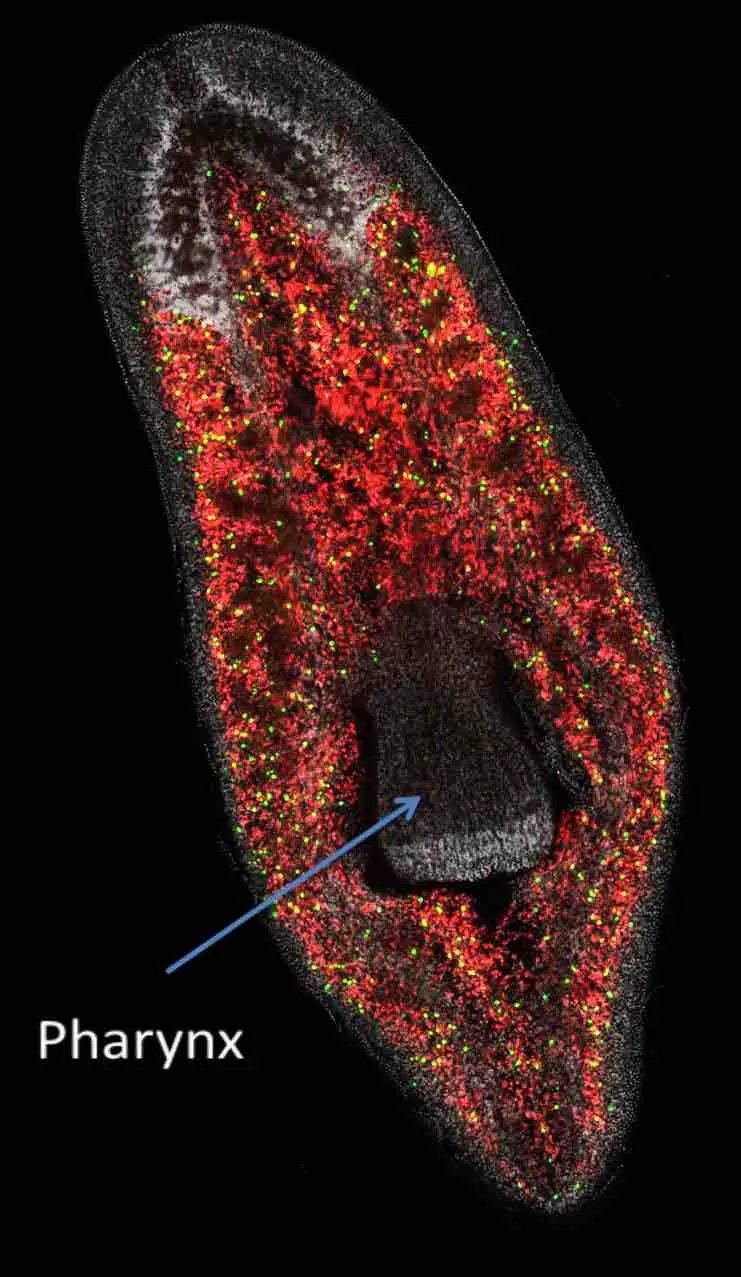
Planaria are renowned for their incredible regenerative abilities, a trait that inspires curiosity among scientists and nature lovers alike. Think of them as the superheroes of the worm world—if you cut them in half, they can grow back! But beyond their ability to regenerate, the distribution of planaria reveals a story about biodiversity and the environments they inhabit. From tropical waters to colder regions, these little creatures find their home in a variety of locations, making them an interesting subject for study.
What Are Planaria?
Before we explore their distribution, it’s essential to understand what planaria are. These soft-bodied, flatworms fall under the phylum Platyhelminthes and are known for their adhesive capabilities and ability to reproduce both sexually and asexually. They typically measure just a few millimeters to a few centimeters in length, sporting a flat, elongated shape that aids in movement through water.
You might be wondering where you are likely to find them. Planaria thrive in freshwater environments such as ponds, streams, and lakes but can also be found in moist terrestrial habitats. Their ability to adapt to various ecosystems contributes to their wide distribution, and they often occupy niches such as the muddy substrate at the bottom of water bodies, where they can easily hunt for food.
One of the most captivating aspects of planaria is their diet. They’re carnivorous and mainly feed on tiny invertebrates, like rotifers and small arthropods. Equipped with a specialized feeding structure called a pharynx, they can extend this organ to consume prey, showcasing their unique hunting technique.
Global Distribution of Planaria
Planaria are found on nearly every continent, but their distribution isn’t uniform. Several species exist in different regions, adapting to local environments. For instance, some species are endemic to specific countries or lakes, meaning they’re not found anywhere else.
In North America, planaria can be found in various habitats, from the Great Lakes to smaller streams and ponds. Their presence is often an indicator of a healthy ecosystem, so when researchers conduct water quality assessments, they often look for these flatworms. In Europe, species like the common planarian (*Dugesia tigrina*) make their home in freshwater systems, demonstrating adaptability to varying environmental conditions.
Moving to Asia, certain planaria species are recognized for their impressive regenerative powers, and researchers study them for insights into wound healing and regeneration in other organisms. Southern regions, particularly tropical areas, boast a higher diversity of planaria, thanks to warmer climates and abundant water bodies.
Ecological Roles of Planaria
So, why should we care about planaria? These flatworms play a vital role in their ecosystems, acting as both predators and prey. By consuming smaller organisms, they help regulate populations and maintain a balance in freshwater ecosystems. In turn, they are a food source for larger predators, like fish and birds, linking them into a broader food web.
Moreover, planaria contribute to nutrient cycling in their habitats. As they feed and reproduce, they help break down organic matter, enriching the substrate and promoting the growth of other microorganisms. This activity is essential for maintaining the health of aquatic environments, making planaria almost like nature’s clean-up crew!
Researchers are particularly fascinated by the role of planaria in freshwater ecosystems, as they can indicate environmental changes. For example, a sudden decline in their population could signal issues like pollution or habitat degradation. By monitoring these creatures, scientists can gain valuable insights into the health of wetlands and other freshwater systems.
Factors Influencing Planaria Distribution
Several factors influence where you’ll find different planaria species. Temperature, pH levels, and the availability of food resources play significant roles. For instance, warm temperatures can boost planarian populations, while extreme pH levels may limit their distribution.
Another key aspect is habitat availability. Planaria require stable environments with adequate vegetation and cover. Areas with lush aquatic plants provide perfect hiding spots and ample food supply for these flatworms. When habitats are altered or destroyed—due to human activities like construction or pollution—the local planaria populations may suffer.
Research studies often highlight the impact of climate change on freshwater ecosystems. As temperatures rise, the distribution of planaria may shift, prompting scientists to track these movements. Understanding how planaria respond to environmental changes can help us better protect aquatic ecosystems and the overall biodiversity they support.
In summary, planaria are more than just flatworms; they’re essential contributors to the health of freshwater ecosystems worldwide. Their distribution across various habitats highlights their adaptability and resilience. By understanding their range and roles, we can appreciate the interconnectedness of life in our planet’s diverse environments.
Studying these creatures not only deepens our knowledge of biodiversity but also offers insights into broader ecological dynamics. So, the next time you find yourself near a pond or stream, remember the planaria lurking beneath the surface, playing their vital roles in the grand tapestry of life. Keeping our waters healthy ensures that these fascinating little creatures—and the ecosystems they inhabit—continue to thrive for generations to come.

